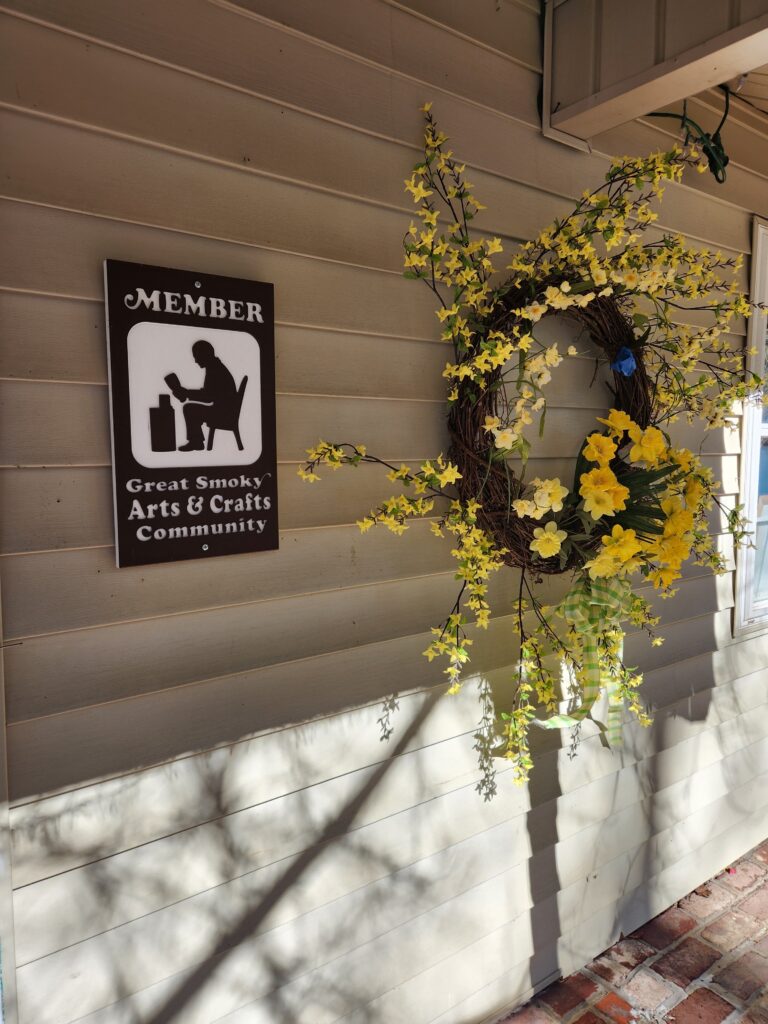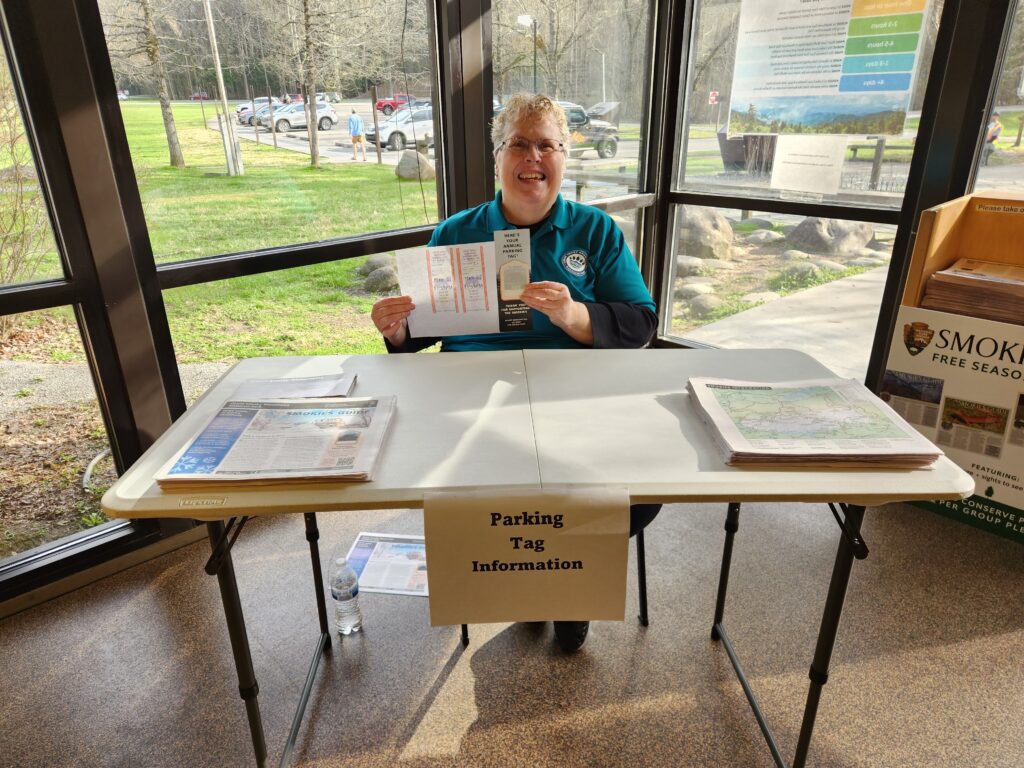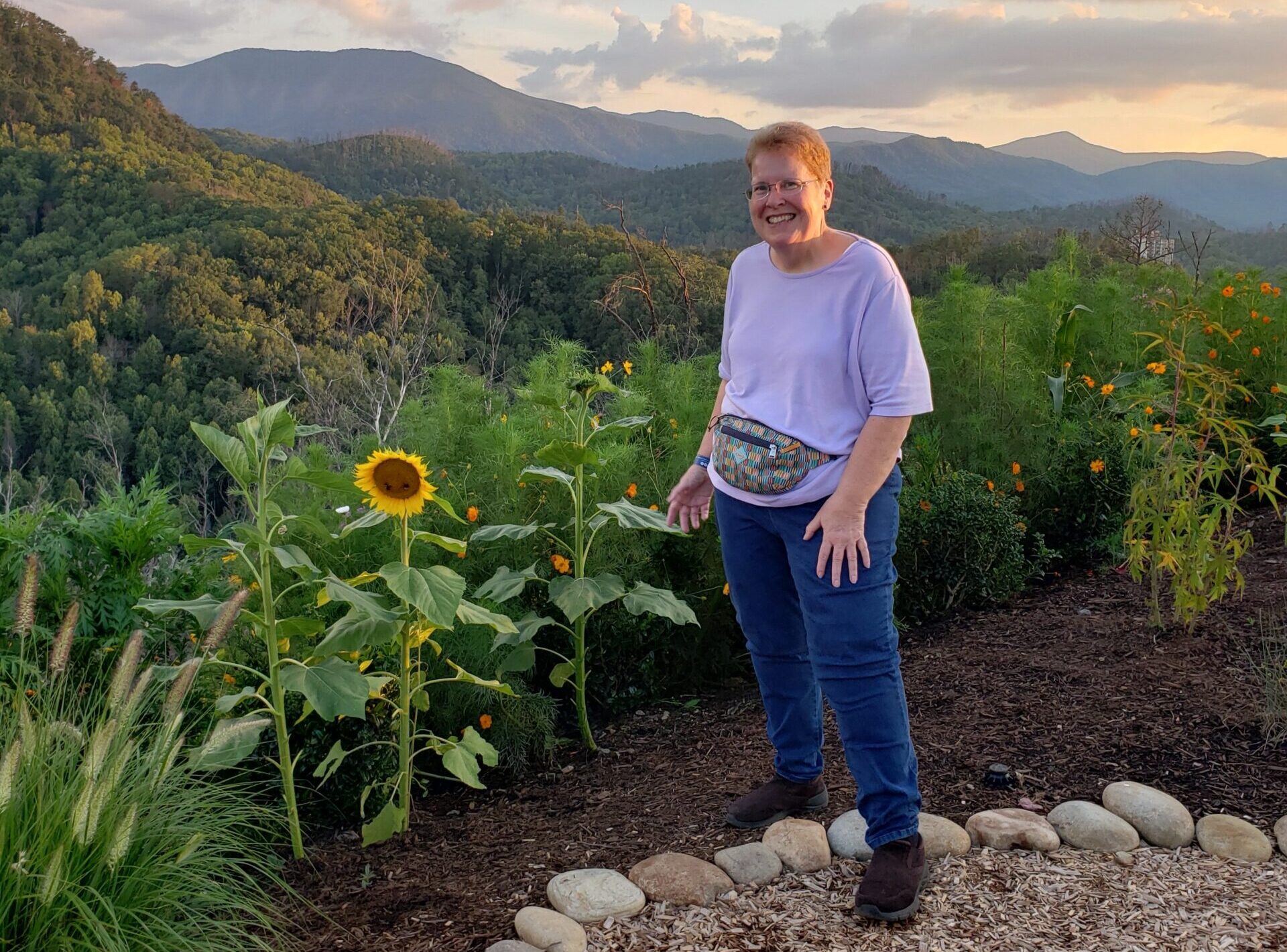By Mike Templeton
The migration of Appalachian people to the urban areas like greater Cincinnati is the defining social movement that gave rise to the Urban Appalachian Community Coalition. Demographic shifts and large-scale social and cultural changes such as the migration along the so-called “hillbilly highway” were never static movements, and there have always been changes to how these processes work. As we move into the 21st Century, and urban areas face new pressures and challenges, we may be witnessing a new shift in the urban Appalachian population as some people decide to head back to the Appalachian region. Teresa Cox is a great example of someone who traded her urban Appalachian life for a southern Appalachian life, and she has succeeded at this by carving out a place in Appalachia that combines distinctly 21st century methods with some old-fashioned Appalachian values.
Teresa Cox grew up in the greater Cincinnati area. Originally from Covington, Kentucky, Teresa settled and lived in College Hill for 24 years, and her Appalachian credentials are unquestionable. She is a daughter of the Appalachian Mountains through and through: “My mom and her twin sister grew up in a log cabin on a mountain in an area called Beech Creek, just outside Manchester, Kentucky.” The log cabin life included “a vegetable garden, an outhouse, a smokehouse, chickens, and cow for milk.” Her mother and aunt even attended a one-room school. Teresa Cox’s family were from another place and time altogether. And their story is the story of the great Appalachian migration. After the Great Depression, her aunt headed to Northern Kentucky to train as a nurse, and her mother followed shortly thereafter. Her uncle migrated to Cincinnati not long after the girls, took a room in Over-the-Rhine, and worked as a groundskeeper at Spring Grove Cemetery. The family made their way north, and her mother and father settled into the area as the urban Appalachians that define all that we do here at UACC.

Teresa Cox’s road back to Appalachian involved that rare combination of careful decisions and what one might call the magic of chance. In her mid-fifties, Teresa Cox decided to enroll in a class at the Arrowmont School of Arts and Crafts in Gatlinburg, Tennessee. This also involved the opportunity to do a month of work-study that would get her some hands-on experience in web design. It was after this, as Teresa Cox explained, that “the Director of Arrowmont called to offer a year-long internship that eventually led to permanent employment.”
In the course of Teresa’s traveling back and forth between Gatlinburg and Cincinnati to put things in order, Covid-19 hit. This shut everything down for a year. Teresa worked some other jobs, but she began building a side gig building websites and developing the online presence for arts and crafts organizations in the Gatlinburg Arts and Crafts Community Loop. This would lead to her own business: Smokey Mountain Web Solutions. Teresa Cox is now running her own business helping small businesses, artists, and artisans to build their web presence. As she explains, “When an artist or craftsperson is focused on their work, developing an online presence to draw customers is a challenging task.”
Teresa Cox’s story is genuinely remarkable. Her family offers the stories of those who carved out a new life as urban Appalachians, while she has retained the values instilled by that Appalachian life and transported them into the 21st Century and back to the mountains. Her life now is a full amalgam of all these worlds. In her words: “My passion (and joy!) is to focus on Appalachian communities, both urban and rural. Having the opportunity to work directly with artists, makers, musicians, new start-ups, and sole proprietors, I gained both an understanding and appreciation of their diverse needs. That is what has driven my purpose and mission!” While her current clientele is mostly in the mountains, she would be thrilled to work with folks from “up home” as well. Creativity, a sense of purpose, and the power of a community are things that made it possible for Appalachian people to re-define the urban regions after the migrations from the Appalachian region. People like Teresa Cox are bringing these same ideals to a return to the mountains in our own age.
The Urban Appalachian Community Coalition is especially attuned to the movements and cultural shifts within the urban Appalachian communities. Core member Mike Maloney has devoted much of his career to tracking and studying these kinds of shifts and developments. While it might be premature to begin talking about a demographic shift that could be described as a “back to Appalachia migration,” there are some compelling indicators that something like this is happening. Especially in the wake of the Covid-19 pandemic that upset so many lives, people have been exploring the idea of moving to small cities and even rural areas in the Appalachian region. The lure of affordable property and a slower lifestyle that can still be found in Appalachia have led some folks to head back to the mountains and towns of Appalachia.

This is why it is fascinating to witness Teresa Cox and her success at carving out a distinctly 21st century livelihood after moving back to the mountains. The return to the Appalachian region will necessarily depend on the creativity of people like Teresa Cox. Whether it be in the form of artists and other creatives, or a kind of back to the land movement, a return to Appalachia will need to rely on a combination of creative approaches and some old-fashioned virtues of community—the very same virtues that helped Appalachian migrants succeed in the urban areas like Cincinnati.
A link to Teresa Cox’s Smokey Mountain Web Solutions can be found here: https://www.smokymountainwebsolutions.com/.
Mike Templeton is a writer, independent scholar, barista, cook, guitar player, and accidental jack-of-all-trades. He is the author of The Chief of Birds: A Memoir, available from Erratum Press, and Impossible to Believe, forthcoming from Iff Books. Check out his profile in UACC’s Cultural Directory. He lives in West Milton, Ohio with his wife who is a talented photographer. They spend their free time walking around the city and the country snapping photos. She looks up at the grandeur above, while Mike always seems to be staring at the ground.

